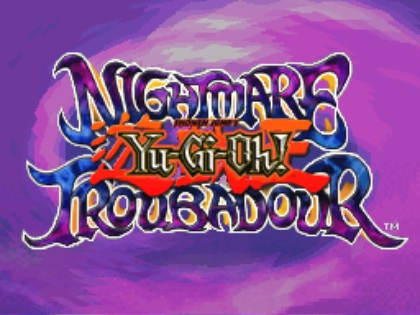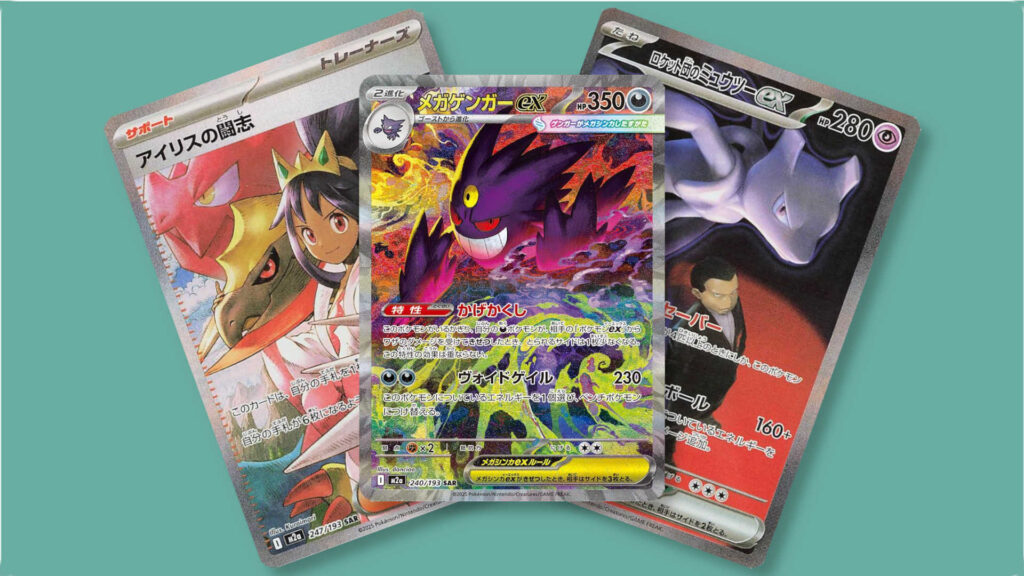Hello, and welcome to Retro-Spective, a review series where we analyze card-game video games from more than ten years ago! Last time we reviewed Kingdom Hearts: Re:Chain of Memories, a PlayStation 2 game ported to PlayStation 4. Before that, we reviewed the Pokémon Trading Card Game for the Nintendo Game Boy Color. This time around, we’re looking at another faithful video game adaptation of a card game. This is Yu-Gi-Oh! Nightmare Troubadour, a video game released by Konami for the Nintendo DS handheld system in 2005.
A classic “GOAT”-style Yu-Gi-Oh! TCG video game, Nightmare Troubadour is set within the confines of the original anime series’ Battle City arc. To elaborate, “GOAT” (abbreviated from “Greatest of All Time”) is an old-school format using cards up to 2005. This makes Nightmare Troubadour arguably the GOAT, insofar as GOAT-format Yu-Gi-Oh! video games are concerned.
But I’ve blathered on enough. On to the review!
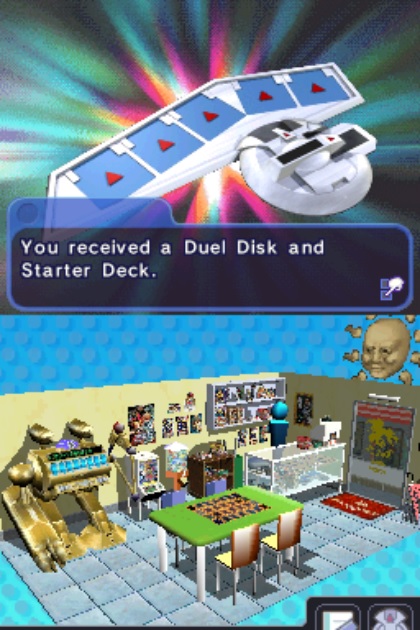
Table of Contents
ToggleYu-Gi-Oh!‘s Old-School Appeal
When Nightmare Troubadour first came out, the anime series Yu-Gi-Oh! GX was already well underway to massive acclaim from some fans. However, the shift from the Duel Monsters series to GX left other fans with a sour taste.
Nightmare Troubadour served to semi-remedy this merely by existing. In it, such classic tropes as the contemporary Duel Disk system, Shadow Games, and KaibaCorp’s pseudo-state are all present. There’s even a Virtual World arc at play later in the game. These were a majority of aspects that old-school players of the game have come to cherish.
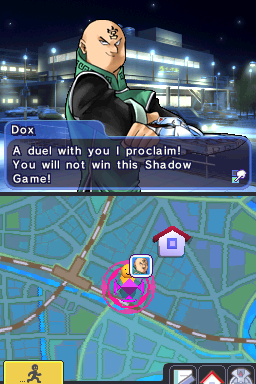
As such, the story elements of Nightmare Troubadour are something to seriously consider as a huge positive. Granted, while I, circa 2005, didn’t know what in the world a “troubadour” was, looking back I see that “troubadour” maybe doesn’t make much sense here. Well, perhaps it does; there’s a lot of traveling and playing an entertaining card game in this video game. It is advised not to think about it too much.
But whatever the point of naming the game based on a bard or traveling busker is, this game still seems to hold up. Why?

GOAT Gameplay Lives Up To Its Name
The gameplay of Yu-Gi-Oh! Nightmare Troubadour is the key draw to why players will flock back to their refurbished Nintendo DS handhelds to replay it over and over. Duelists in the game are engaging on every level of dueling. From side protagonists like Tea Gardner or Serenity Wheeler being veritable pushovers, to powerhouses like Yugi Moto, Joey Wheeler, or Ryou Bakura (and his stupidly strong Ectoplasmer deck!), players will always find a fair matchup for their decks.
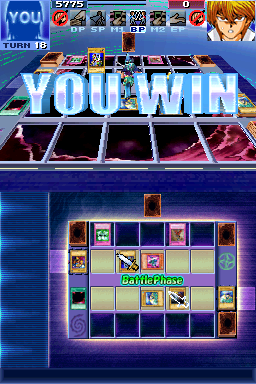
The deck construction aspect of this game is pretty fair as well. While the Password Machine isn’t functional at the start of the game, you have a few options of packs with which to spend points and build your deck. And those packs? They’re truly not bad. The “Miracle of Nature” set has Pot of Greed, for Pete’s sake.
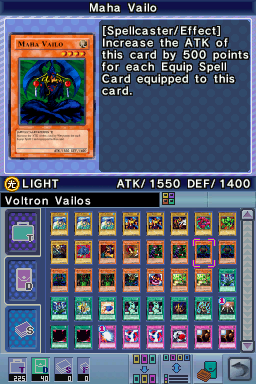
I had noticed a couple of typos in the text of some cards and dialogue, but for the most part, it’s minimally impactful (Bright Castle only affects the equipped monster, though, despite saying it impacts all Light monsters, so that’s decidedly not great). Even so, the dialogue and story are both pretty faithful to the Battle City arc of the original Yu-Gi-Oh! anime. That alone means I can give it high marks.
The actual deck construction in the game is intuitive and can be conducted just with the Nintendo DS’s touch-screen capabilities, likely a means to showcase the feature’s ease of use. I only had to touch buttons for the most part to do things in the game. The only thing I needed to be conscious of was selecting targets when dueling. It never became an issue, but it always rather spooked me to think that I could tap on the wrong thing when I only wanted to read its text, just to attack or destroy it erroneously.
You can watch a gameplay demo of Yu-Gi-Oh! Nightmare Troubadour in the YouTube video below!
It’s Time To Duel
In the end, Yu-Gi-Oh! Nightmare Troubadour is one of the best ways to reintroduce the trading card game to its original audience. Whenever someone mentions GOAT at my local game store, I think back to those days in 2005 when I was glued to my chunky, silver Nintendo DS playing this game. Today, it still holds up! The DS has its porting issues nowadays (since other systems don’t have the dual-screen functionality of the DS). However, while it is a safe bet that Yu-Gi-Oh! The Early Days Collection will be nostalgic enough, it won’t hold a candle to Nightmare Troubadour. The gameplay is stellar, and the plot is above most other Yu-Gi-Oh! games set in the Duel Monsters anime series. Just don’t ask us to succinctly define “troubadour,” and you’ve got yourself an amazing game.


